New Alchemies
Alchimia’s far-reaching influence reflected in today’s neo-coherent designs and metastable objects

by Stefano Caggiano

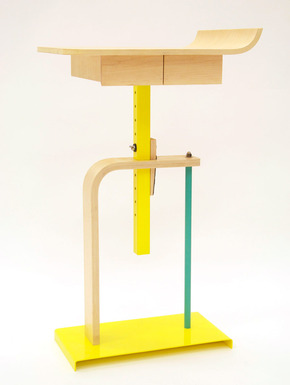
We currently live in a world surrounded by varied design, and people commonly appreciate peculiar features that work together as opposing aesthetics. But in the past, when coherence and rationality were keys to any solid example of modern design, contradictory stimuli and experimental concepts were considered unacceptable. That is, until the ’70s when a group of visionary Italians sought to inject irrational features into their work, by juxtaposing striking colors, superfluous decoration, found materials and incoherent structures. Led by Alessandro Guerriero, the post-Modern movement became known as Alchimia, and included designers Alessandro Mendini, Ettore Sottsass, Michele De Lucchi and others.
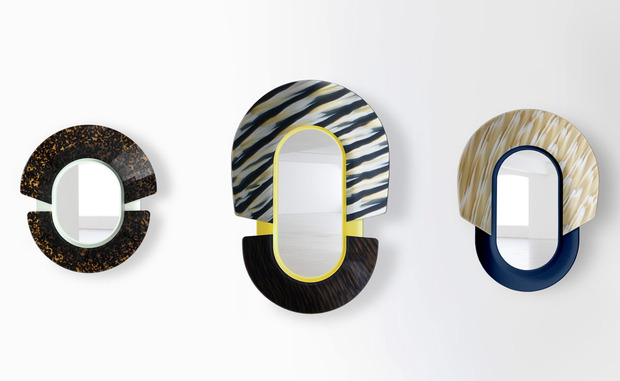
Today, several new objects seem in-tune with Alchimia’s language, insofar that they are built according to unorthodox compositions. This is the case with Alex Chow‘s “Platform Table,” which incorporates both traditional woodworking and industrial production. Or “Mask Mirrors” designed by Jean-Baptiste Fastrez for Gallery Kreo, which atypically embody acetate in constructive elements.

Currently, the design world is exploding with an escalation of overlapping creative triggers, and the upshot is a group of works so lively that their structures resemble a dyslexic approach to language. While they might not be normal, they aren’t without meaning. That is why the gently “unbalanced” aesthetics of an object like “Face Value” by Earnest Studio matches the fatal flaw of our time.
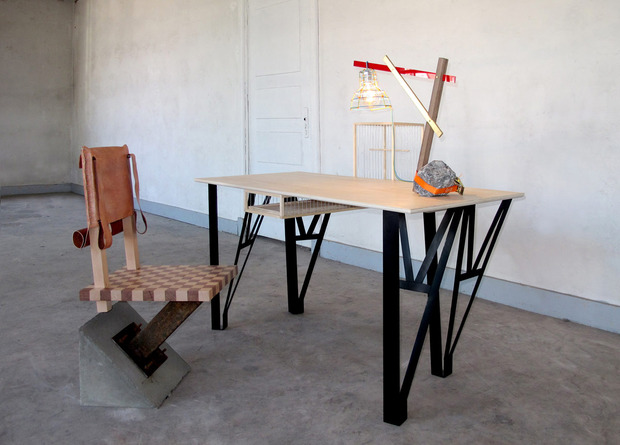
This is also why Itay Ohaly had a group of designers make several parts of a unique object without communicating to each other: working in a “disconnected collaboration” led them indeed to a heterogeneous whole and completely unique piece of furniture.
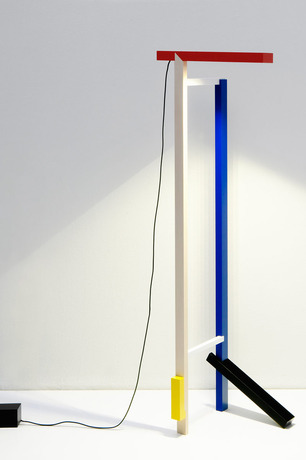
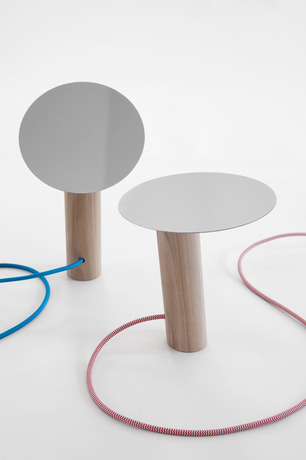
Living in the middle of a moving juxtaposition of signs—colors, music, pictures, shapes, objects—several contemporary designers tend naturally to see fresh forms in nonlinear structures. Every day tides of information flow in and out of their attention span with no hierarchy, and they feel attracted by what is hidden on the other side of well-ordered grammar. That can be seen in the “OJENTAA” sculpted light by Mari Isopahkala as well as in Elia Mangia‘s “Paon Table Lamp” designed for Ligne Roset. Characterized by syncretic, paratactic compositions clustering in a single object, these designers are joining disparate parts to create an wholly metastable object.
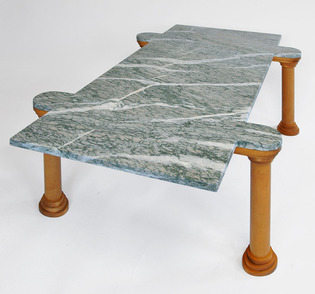
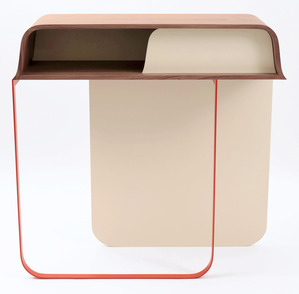
The furniture produced by LA collective Al Que Quiere, led by Matthew Sullivan, is openly inspired by Alchimia’s philosophy, and even more delicate pieces such as “Promenade” furniture designed by Eric Jourdan for Galerie Gosserez and the Paul Menand‘s tubular, LED “Interaction Table Lamp” show how such a previously unacceptable design language is now widely appreciated for its unaligned aesthetics. Because this kind of lively, incoherent—or, perhaps, neo-coherent—compositions mirrors the explosion of meanings of our epoch.
Photos courtesy of respective designers









